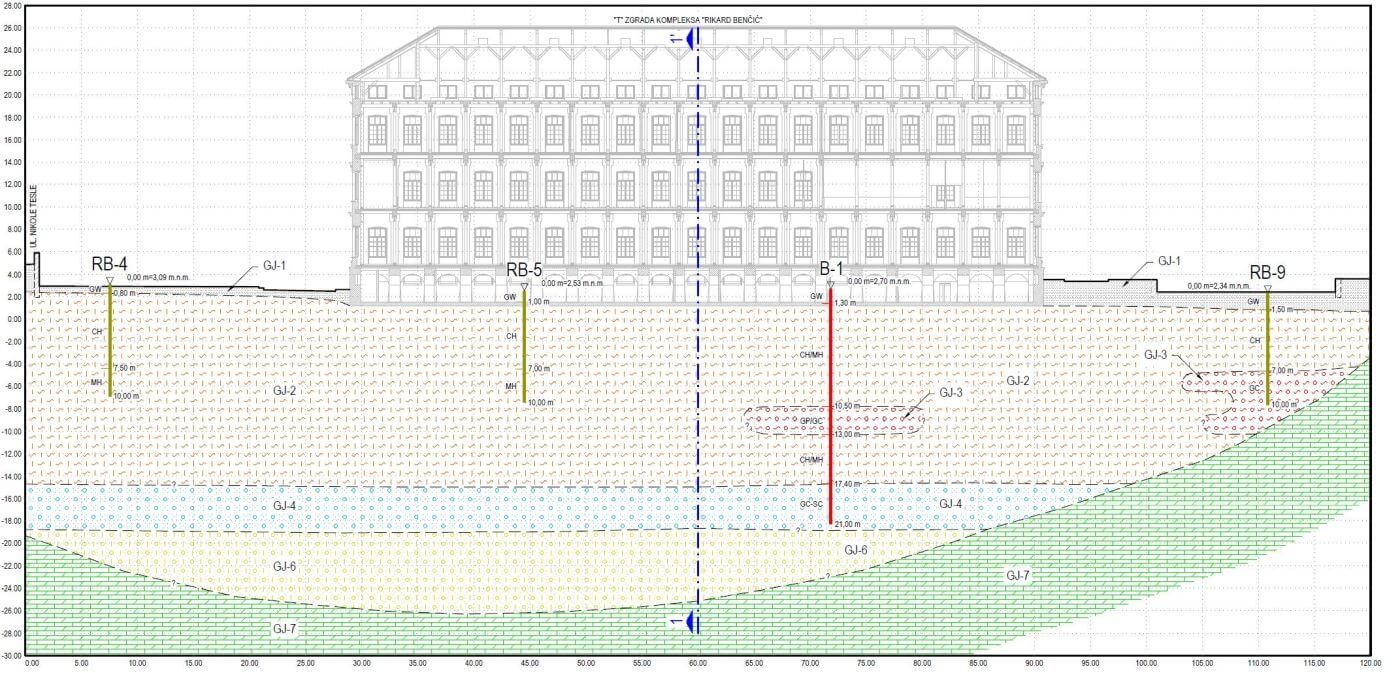

Installation processes, such as construction of piles, diaphragm walls, stone columns, mixed-in-place columns, jet grout panels, have an influence on the stress regime in the soil, which is still extremely difficult, if not impossible, to quantify numerically. This inevitably means that the material is inhomogeneous, its mechanical and hydraulical behaviour is not easily formulated in mathematical terms and material parameters are difficult to determine.Įven with a perfect site investigation scheme, significant uncertainties remain with respect to the soil profile and thus with the geotechnical model which forms the basis for the numerical model. In geotechnics, the “construction material” is natural ground (soil and rock) and not man-made such as concrete and steel, fabricated to predefined specifications. The reasons for this are specific aspects of geotechnical engineering, such as On the other hand, constitutive models which are able to describe important features of soil behaviour have been implemented in a robust manner in these codes, although it has to be emphasised that open questions in soil modelling remain and there is still no generally accepted constitutive model for soils available.Īlthough the advantages of numerical modelling are obvious, it has to be mentioned that the role of numerical analyses in geotechnical engineering is different as compared to other engineering disciplines such as, for example, mechanical or structural engineering. This has been possible on the one hand because finite element/finite difference codes have been developed to a stage that they can be easily operated by geotechnical engineers. Numerical methods have proven to be an important and powerful tool for solving practical geotechnical problems. Finally, some results of modelling cone penetration testing in silts are presented highlighting the effects of anisotropic permeability. The back-analysis of a slow-moving landslide is presented next, where the rate of deformation is influenced by water level changes in a reservoir for a pumping power plant, creep of lacustrine sediments and environmental effects such as rainfall infiltration. For this test, a class-A prediction has been made and numerical results have then been compared with in situ measurements. Results from fibre-optic measurements for a pull-out test of a ground anchor in soft soil could be reproduced by employing advanced constitutive models, in particular for the grout, in the bonded length of the anchor. In this paper, the application of advanced numerical models for solving practical geotechnical problems is shown, whereas the examples have been chosen in such a way that different aspects are highlighted in each case. One reason for this discrepancy is a lack of transfer of knowledge from research into practice but also a lack of theoretical background of numerical methods, constitutive modelling and modern soil mechanics in practice.

PLAXIS 2D EXAMPLES FULL
However, there is still a gap between practice and research and, often unnecessary, simplifications are made in practice and therefore the full power of numerical analyses is not always utilised.
PLAXIS 2D EXAMPLES SOFTWARE
The advantages of numerical analyses for solving practical problems have been recognised, and developments in software and hardware allow their application in practice with reasonable effort.

Over the last decades, numerical methods have gained increasing importance in practical geotechnical engineering and numerical methods have become a standard tool in geotechnical design, widely accepted by the geotechnical profession.


 0 kommentar(er)
0 kommentar(er)
